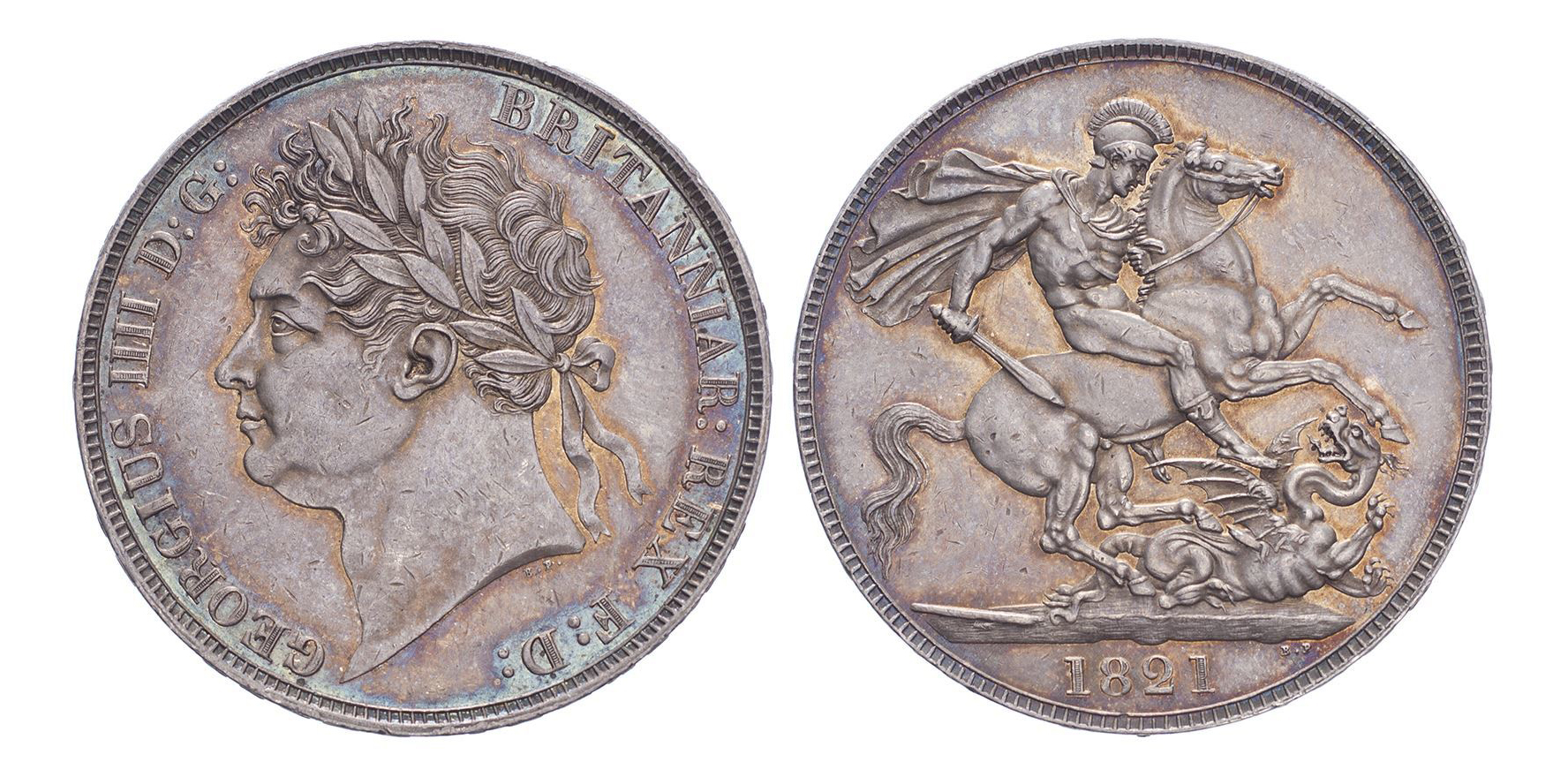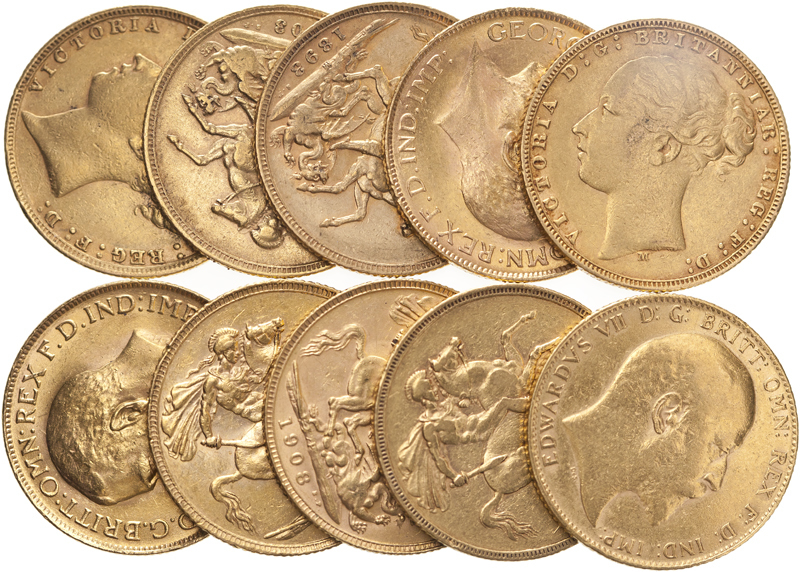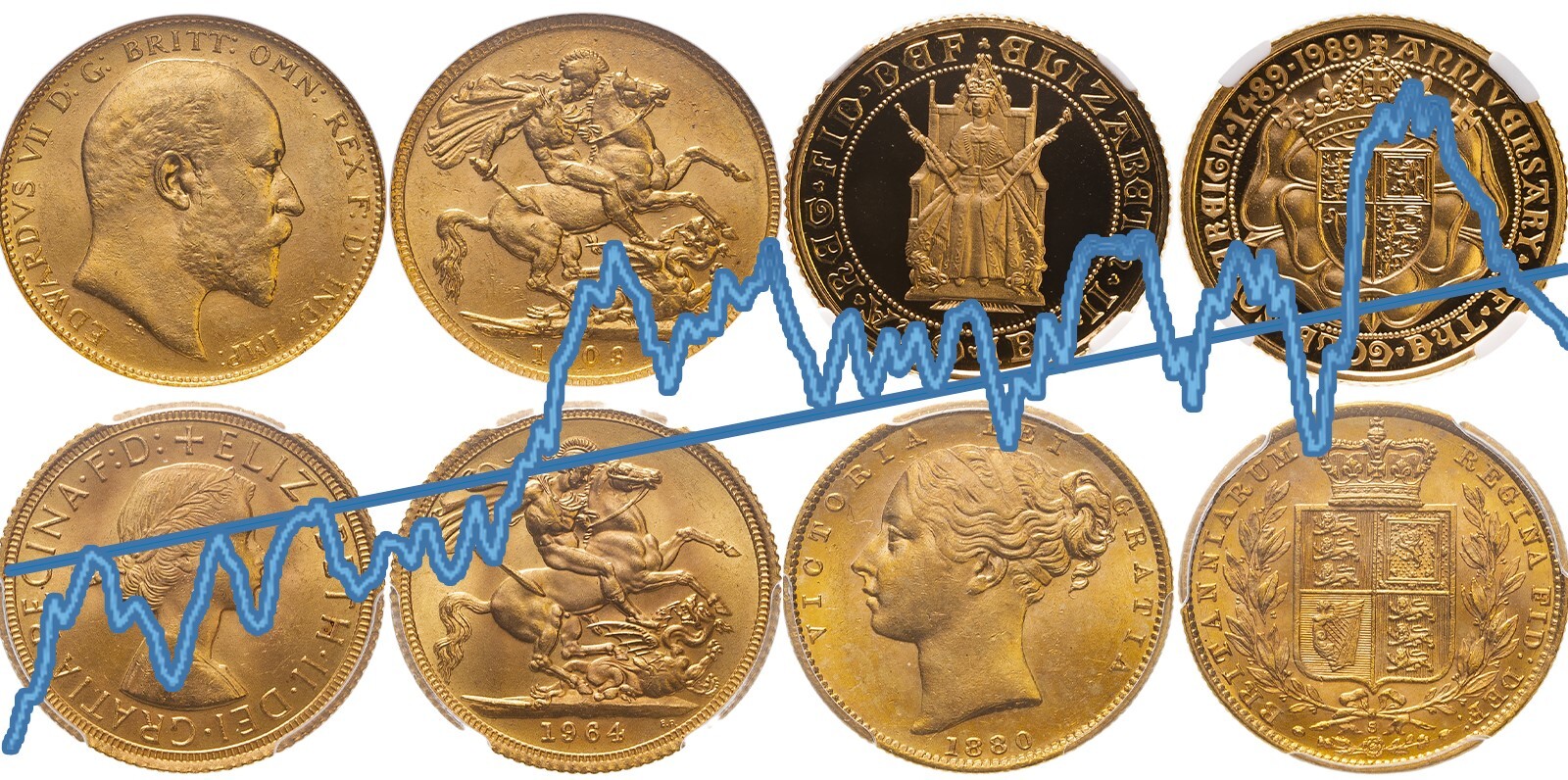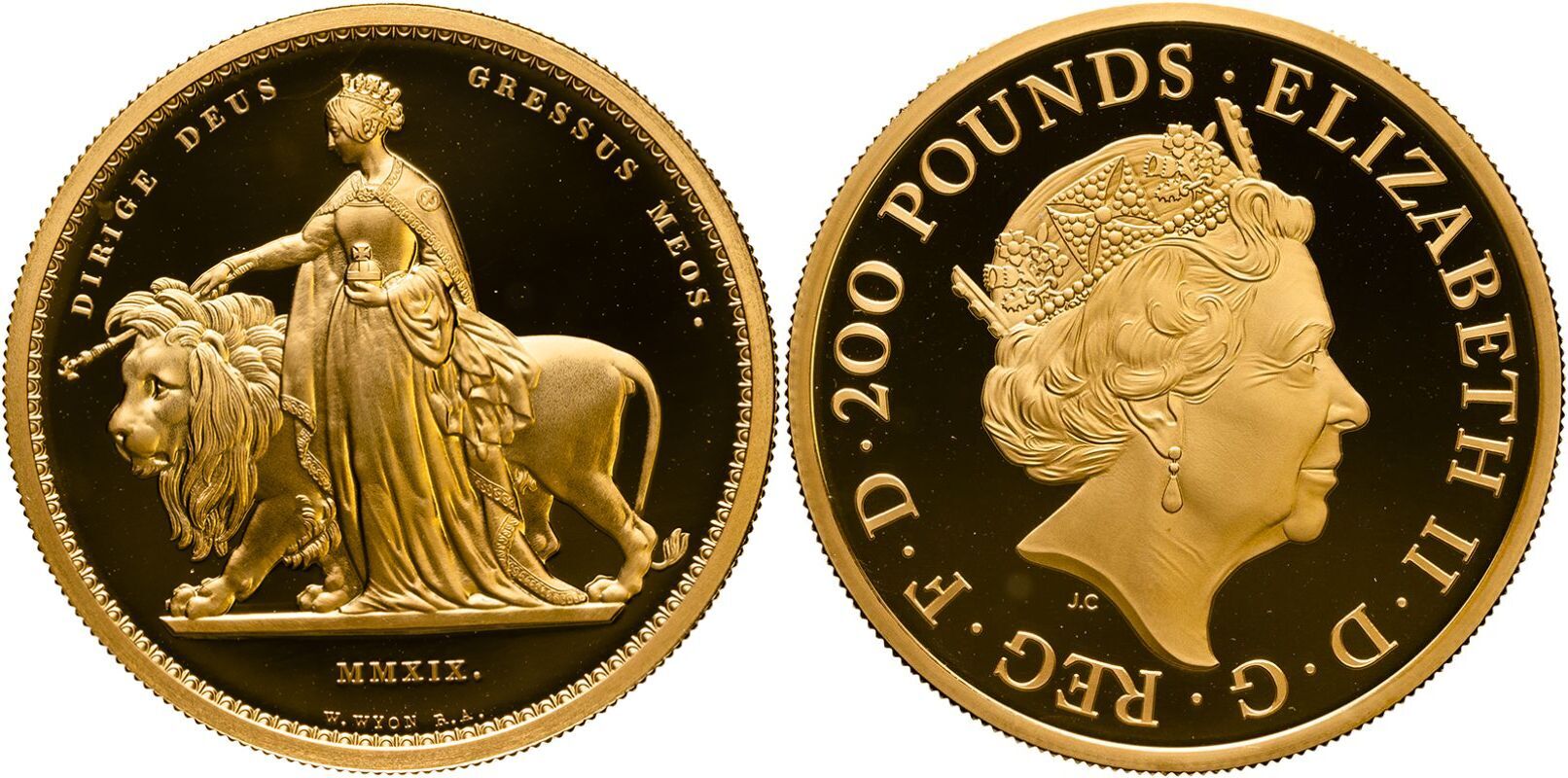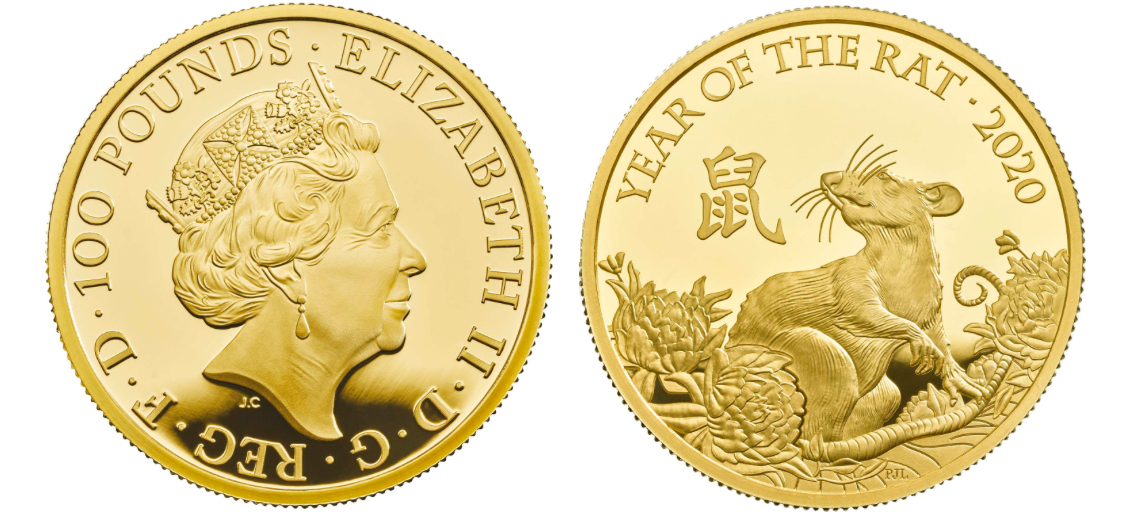In addition to the simple explanation of supply and demand, the price of coins is dependent upon several factors, often specific to each individual coin.
There are five basic steps to determining a coin’s value. Outlined here are brief looks at authenticity, condition, popularity, provenance and rarity. Ultimately it comes down to understanding of the coins themselves: their significance, history, hoarding trends and market value among the many factors to consider when buying. Our list of essential reading on coins can be found here.
It is also worth noting that the role of third-party grading services in the coin industry has added yet another aspect to establishing the value of coins, with graded coins consistently achieving higher prices than their ungraded counterparts.
Finally, it’s useful to read more about how auctions work. We’ve provided a guide to The Coin Cabinet auctions, lot descriptions and bidding increments, as well as a glossary of numismatic terms. Here are the other key factors to take into account when asking ‘how much is a coin worth?’
Grade: authenticity and condition
Counterfeit coins are a well-known problem in the trade. There is also an array of methods for the deceptive enhancement of a coin by cleaning, tooling, plugging, engraving and lasering its surface. A coin’s genuine condition plays a decisive role determining its value, as nobody wants to place a worn, discoloured or damaged coin in their collection — unless it’s the only example available on the market.
In the trade, a coin’s condition is called ‘grade’, and there are different grading scales used internationally. Third-party authentication agencies play an important role in minimising risk, in addition to establishing relationships with trusted and experienced dealers. The Coin Cabinet is an authorised dealer with the Numismatic Guaranty Corporation (NGC) and Professional Coin Grading Service (PCGS), both of whom use the 70-point Sheldon scale to grade coins. We sell primarily third-party graded coins, mainly NGC and PCGS, who warrant the grade.
Popularity, or ‘collector value’
Some coins are more sought-after than others: their beauty, designer or the popularity of the person or thing depicted are all examples of collector value. Understanding popularity and how it correlates to other world trends is important when it comes to identifying and profiting from price trends. The relatively new production of Royal Mint modern commemoratives is a good example of coins that attract significant attention, collector value and speculation, with prices often spiking in value as new editions are released before ‘settling’ to a more stable price.
Provenance
This is a coin’s ownership history. A reputable provenance will almost certainly add to a coin’s value — and unlike car ownership, a number of owners can burnish a coin’s provenance. Famous collections such as those belonging to Louis E. Eliasberg or Farouk of Egypt represent important numismatic heritage — specimens from these collections attract a premium at auction. Another important provenance is a reputable auction house, which eliminates (or at least reduces) the risk of a counterfeit or modified coin.
もう1つの重要な要素は、評判の良いオークションハウスを経ていることです。これは、偽造または改ざんされたコインのリスクを排除(または少なくとも軽減)します。
Rarity
A coin’s rarity depends on several elements, including hoarding trends, mintage figures, economic factors and the workings of the mint. Access to the best reference works and auction data are crucial tools in establishing rarity.
Mintage
This relates to the date, production number and location and dies used. Historically, dies dated in one year were sometimes used the next — so-called ‘overdates’ — with the new date engraved on the previous year’s die, leaving a mark of the ‘old’ date. The Melbourne Mint gold sovereign 1872/1 overdate is a well-known example of a highly sought-after overdate.
Production history
A mint’s production history can also prove important. For example, if a large number of coinage was withdrawn in one year you would expect a significant mintage the next year. However this may not be the case. The mint could store the majority in vaults for a number of years and gradually melt them for new coins. The relatively few coins in the initial release therefore become a rarity for that date.
Political and economic factors
Historically, the output of coinage is in large an effect of political and economic decisions, and the impact they have. Wars, revolutions and other events have great impact on the availability of certain coin types. Another example is piracy and plundering: George Anson’s 1740s voyage around the world brought back millions of ounces of silver and gold that produced large amount of English coinage in the mid-18th century. These have the famous, and desirable, mintmark ‘LIMA’ under the king’s bust. The world’s most valuable sovereign — and the most valuable British coin — is the 1937 minted for Edward VIII shortly before his abdication. Only six were ever produced.
